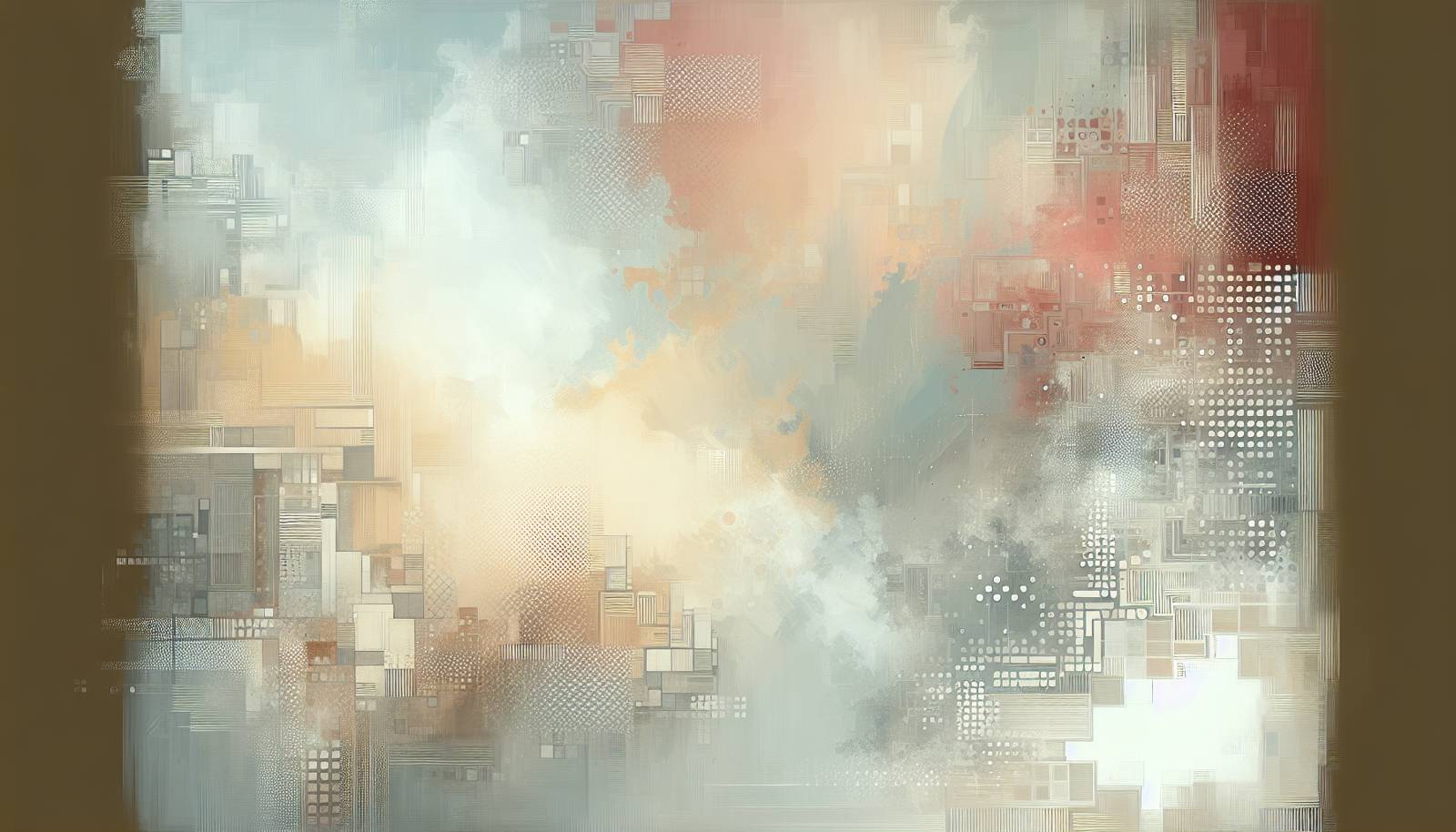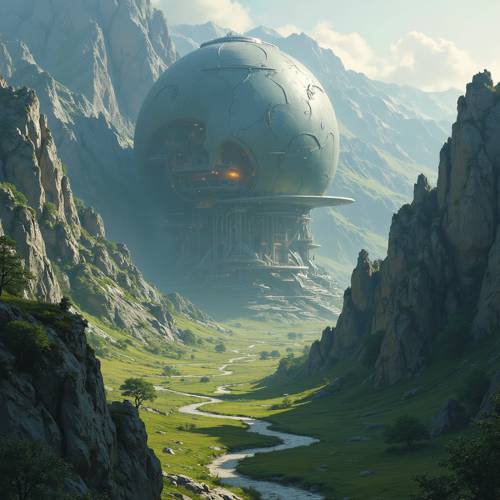
FAQ About The Significance of Digital Illustration in Modern Art

What is digital illustration?
Digital illustration refers to the creation of artwork using digital tools and software. Instead of traditional mediums like paint or pencil, artists use devices such as graphic tablets, computers, and software applications like Adobe Illustrator or Procreate to create and manipulate images. This method allows for diverse techniques and effects that can be difficult to achieve with traditional tools.

How has digital illustration transformed traditional art styles?
Digital illustration has introduced new possibilities that have transformed traditional art styles by enabling artists to experiment with a broader range of effects, textures, and colors with ease. Artists can blend and modify traditional techniques with digital capabilities to create unique hybrid styles. Additionally, digital tools facilitate real-time alterations and undo options, granting more freedom and less risk compared to irreversible traditional methods.

What are the benefits of digital illustration compared to traditional methods?
One of the primary benefits of digital illustration is its flexibility and accessibility. Artists can easily edit, save, and reproduce their work, which reduces material costs and allows for a more sustainable approach to art-making. Digital tools also provide a wide array of features, such as customizable brushes, layers, and effects, which expand creative possibilities and versatility. Moreover, digital art can be seamlessly integrated into digital media and is easily shared across platforms, enhancing its reach and audience engagement.

How has digital illustration impacted the commercial art industry?
Digital illustration has significantly impacted the commercial art industry by streamlining creative processes and reducing production times. It allows artists and designers to quickly produce high-quality images for advertising, media, and entertainment sectors. The adaptability of digital art means that it can easily conform to various formats and specifications required for different commercial projects, making it a preferred method for businesses that need dynamic and versatile visual content.

In what ways has digital illustration enhanced accessibility to art creation?
Digital illustration has enhanced accessibility in art creation by lowering the barriers for entry to the artistic practice. Students and aspiring artists can access powerful software and tools at affordable prices, sometimes even for free, which encourages creative experimentation. Online platforms and tutorials provide resources for learning, allowing anyone with internet access to develop their skills from home. This democratization of tools and resources has opened the field to a more diverse range of voices and styles.

Can digital illustration be used for fine art purposes?
Yes, digital illustration can be used for fine art purposes. Many artists and galleries now embrace digital art as a legitimate form of fine art, showcasing digital pieces in exhibitions, auctions, and museums. Digital methods provide novel approaches to expressing themes and concepts traditionally housed within the fine art domain, allowing for innovative interpretations and cutting-edge works that push boundaries and challenge traditional perceptions of art.

What software is commonly used for digital illustration?
Some of the most commonly used software for digital illustration includes Adobe Illustrator, Adobe Photoshop, Corel Painter, Procreate, and Clip Studio Paint. Each software offers unique features that cater to different artistic needs, from vector illustrations to pixel-based painting. Artists choose their tools based on personal preference, the desired style of artwork, and specific project requirements.

How has digital illustration influenced visual culture?
Digital illustration has greatly influenced visual culture by making art more accessible and omnipresent in everyday life. It enhances the visual aesthetic of digital media, websites, apps, and interfaces, impacting how people perceive and interact with technology. Moreover, it has empowered creators to share their work on global platforms, enriching cultural exchange and exposure to diverse artistic styles worldwide.

Is a digital illustration more environmentally friendly than traditional illustration methods?
In many ways, digital illustration is more environmentally friendly compared to traditional methods. It reduces the need for physical materials such as paper, paints, and inks, which often require resources that impact the environment negatively. Moreover, digital art does not produce waste in the form of leftover materials, and its ability to create and share artwork digitally minimizes the carbon footprint associated with transportation and physical distribution.

Are there any challenges associated with digital illustration?
While digital illustration offers many benefits, it also presents challenges. Technical issues, such as software glitches and hardware failures, can disrupt creative processes. Additionally, the learning curve for mastering software tools can be steep for beginners. There's also the challenge of maintaining originality and authenticity as digital tools can sometimes homogenize stylistic output, making it important for artists to cultivate a unique style.

How does digital illustration support collaborative art projects?
Digital illustration supports collaborative art projects by allowing multiple artists to work on the same piece remotely through shared platforms and tools. Cloud-based applications and version control facilitate real-time collaboration and feedback, making it easier to combine diverse ideas and talents. This capability is particularly beneficial for projects involving complex visual narratives, such as animation, interactive media, and digital storytelling.

Can digital illustrations be printed?
Yes, digital illustrations can be printed on a variety of media, from traditional paper to canvas and textiles. High-resolution files make it possible to maintain quality across different sizes and printing techniques. This flexibility allows artists to offer physical prints of their digital work, merging the digital and tangible aspects of their art for wider distribution and consumption.

How has social media influenced the popularity of digital illustration?
Social media has significantly fueled the popularity of digital illustration by providing platforms where artists can share their work instantly with a global audience. Sites like Instagram, Behance, and DeviantArt facilitate exposure and community-building among artists and fans alike. This visibility has not only popularized digital art styles but has also encouraged more artists to explore and engage with digital mediums.

What are some popular trends in digital illustration?
Popular trends in digital illustration include isometric art, glitch art, 3D illustration, and the integration of augmented reality (AR) and virtual reality (VR) elements. Artists are constantly experimenting with new styles that reflect technological advancements and cultural shifts. The ease of exploring new techniques digitally allows trends to evolve rapidly, keeping the digital art scene dynamic and exciting.

Can traditional artists transition to digital illustration effectively?
Traditional artists can transition to digital illustration effectively by familiarizing themselves with digital tools and software that emulate conventional techniques. Many of the skills from traditional methods, such as composition, color theory, and perspective, are directly transferable to digital platforms. Additionally, there are numerous resources, including tutorials and communities, that support artists in their transition to digital.

Are there particular industries that rely heavily on digital illustration?
Industries that heavily rely on digital illustration include entertainment (such as video games and movies), advertising, publishing, and fashion. These sectors benefit from the efficiency and versatility of digital art in creating vibrant visual content. The gaming industry, in particular, depends on digital illustrations for character design, background art, and promotional materials, while advertising uses them for compelling graphics and branding.

What role does digital illustration play in education?
Digital illustration plays a significant role in education by serving as a tool for visual learning and creative expression. Educational content can be enhanced with engaging and custom illustrations that help in the visual explanation of complex concepts. Additionally, art and design programs incorporate digital illustration into curricula to prepare students for future careers in creative industries, thus aligning education with contemporary professional practices.

How do artists monetize their digital illustrations?
Artists can monetize their digital illustrations through various avenues such as selling prints, creating commissioned works, and producing merchandise like clothing and accessories. Digital platforms also enable revenue streams through stock illustration sites, Patreon, and selling non-fungible tokens (NFTs) in the burgeoning digital art market. Additionally, collaborations with brands and businesses provide lucrative opportunities to professional illustrators.

Is digital illustration recognized in art competitions and awards?
Yes, digital illustration is increasingly recognized in art competitions and awards. Many prestigious art events and institutions now include categories specifically for digital works, acknowledging the creativity and technical skill involved in digital artmaking. This recognition reflects the growing appreciation of digital illustration as an integral part of the modern art landscape.

How does digital illustration affect the creative process of artists?
Digital illustration affects the creative process by offering artists unprecedented flexibility and control over their work. Dynamic editing capabilities allow for experimentation and exploration without the fear of permanent mistakes. Artists can quickly iterate on ideas, employ diverse techniques, and seamlessly integrate multimedia elements. This adaptability encourages more innovative approaches and a broader exploration of artistic possibilities.
